Ball Flight Direction
Direction and distance are what we want to control when hitting the ball. Here we describe factors that influence ball flight direction immediately after impact of the ball with the club head.
Traditional golf instruction focused on club path through impact and misunderstood the role of face angle. We now know from launch monitor data that face angle is the major factor influencing ball direction immediately after impact.
The orientation of the club face is about four times more important than club path in determining the initial direction of the ball at impact. It accounts for approximately 85 % of the initial direction and club path for drivers and about 75 % for irons. Knowing the relationship between face angle and swing plane can affect on how golfers change the movement of their arms and wrists when making an adjustment to their swings to control ball flight.
Face angle is the horizontal angle of club face at impact relative to the intended target line. The flat face of an iron makes it easier to see the face angle at impact. The bulge and roll of the driver club face adds a complication: the radius of curvature (11-13 degrees in most drivers) can add up to 3 degrees or more to the apparent face angle when ball contact is not at the center of the face. In an off-center hit with a driver, face angle direction will be different at the ball contact point than at the center of the club face.
Club path shows the direction of the swing but it's also affected by angle of attack of the club head at the ball at impact and the swing plane vertical angle. The direction of the swing: e.g., straight, from inside the target line to outside, and from outside the target line to inside is the basic view of club path. However, it's helpful to consider the bottom of the swing arc relative to the vertical plane of the swing for a more complete understanding of club path.
Control of the angle of attack (AoA) is important in optimizing ball flight distance with a driver --- hitting up on the ball allows for using lower lofted club heads to minimize spin as swing speed is increased. Hitting up on the ball places the bottom of the swing arc before impact and results in a slight outside-to-in club path.
The magnitude of the AoA effect on club path direction depends on the vertical swing plane. The flat swing plane of a driver will have a greater effect on direction than a more vertical plane typical of shorter clubs.
We'll conclude our discussion of factors that affect ball flight control in our next blog.
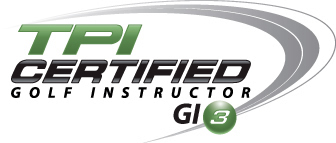
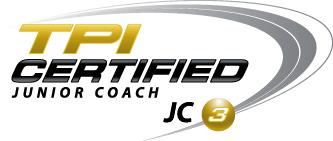
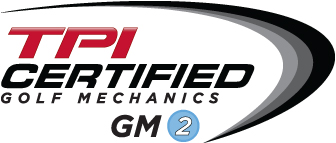

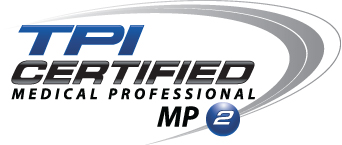


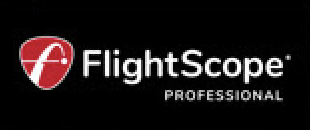

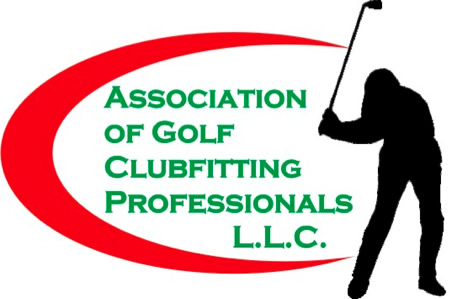


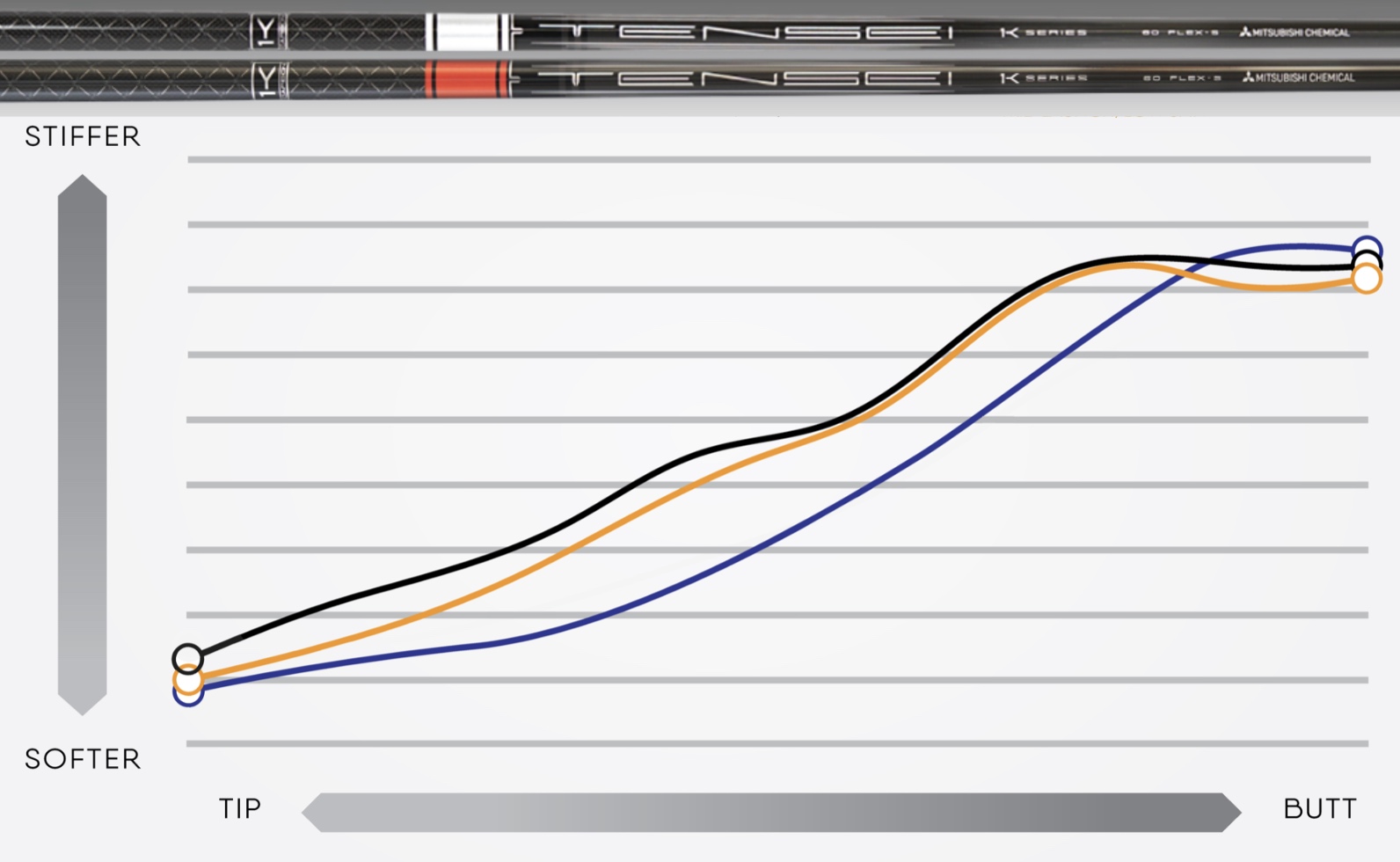
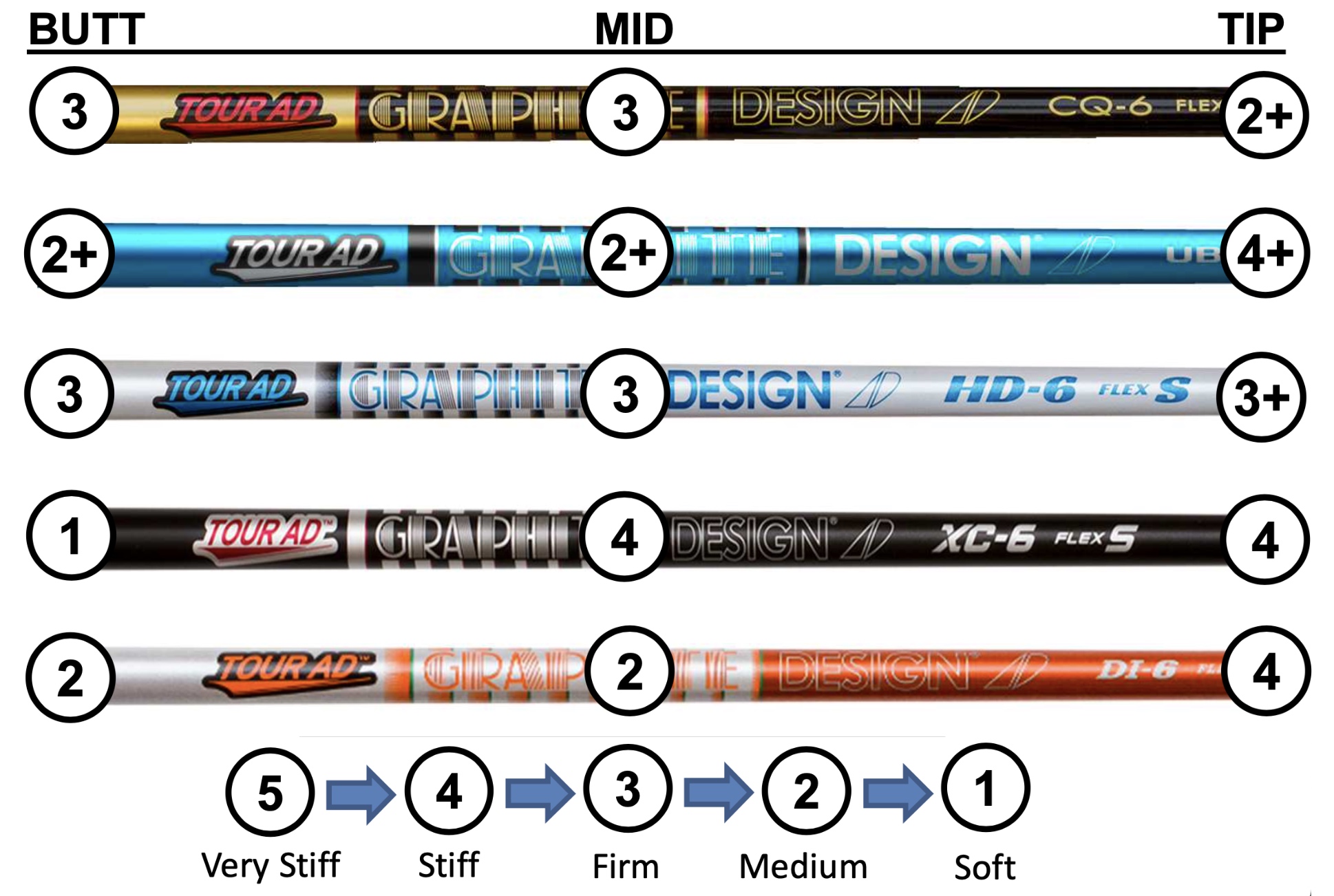





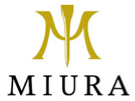




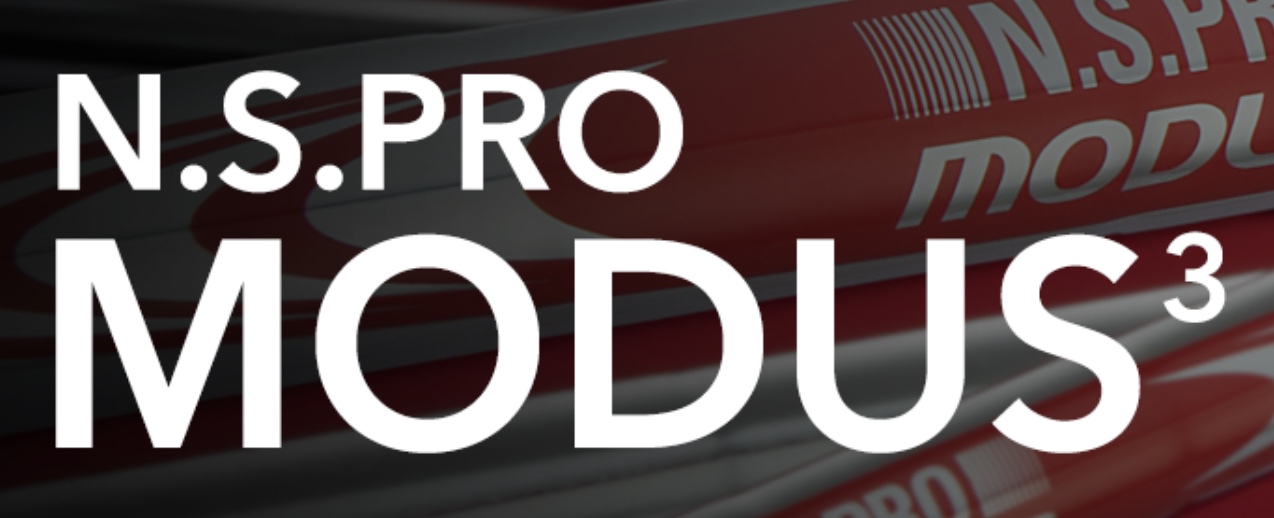


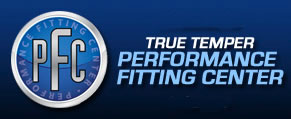

 John Taylor
John Taylor
Reader Comments